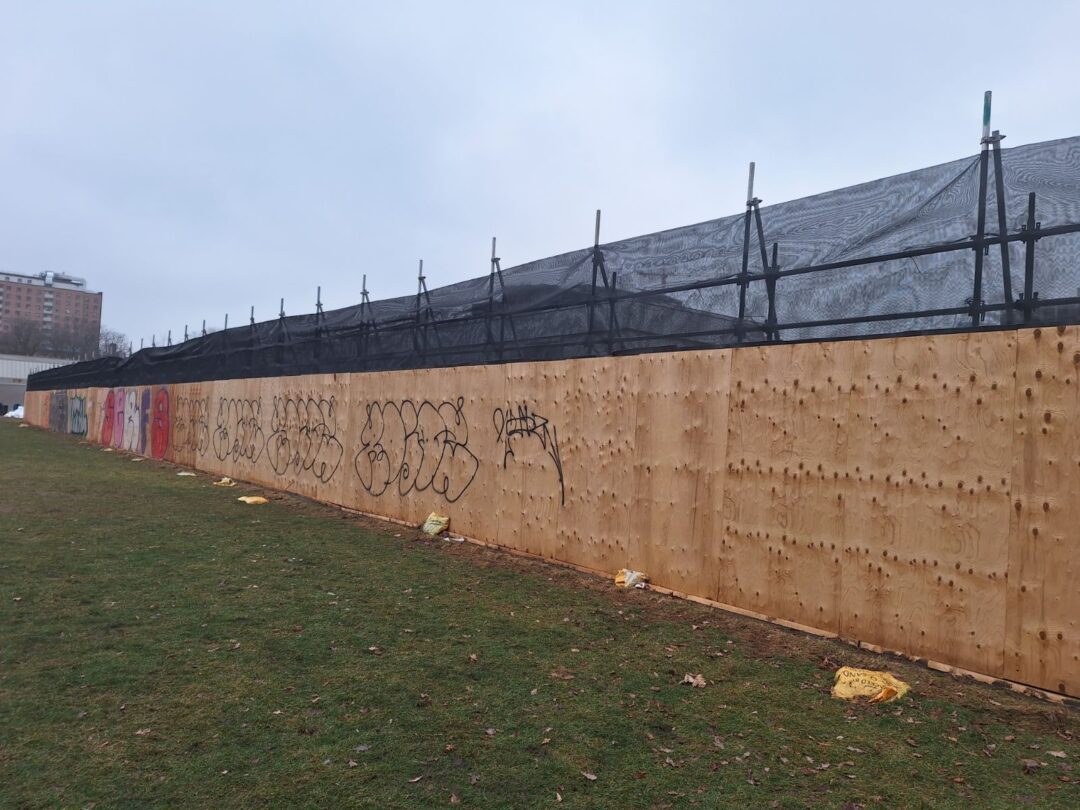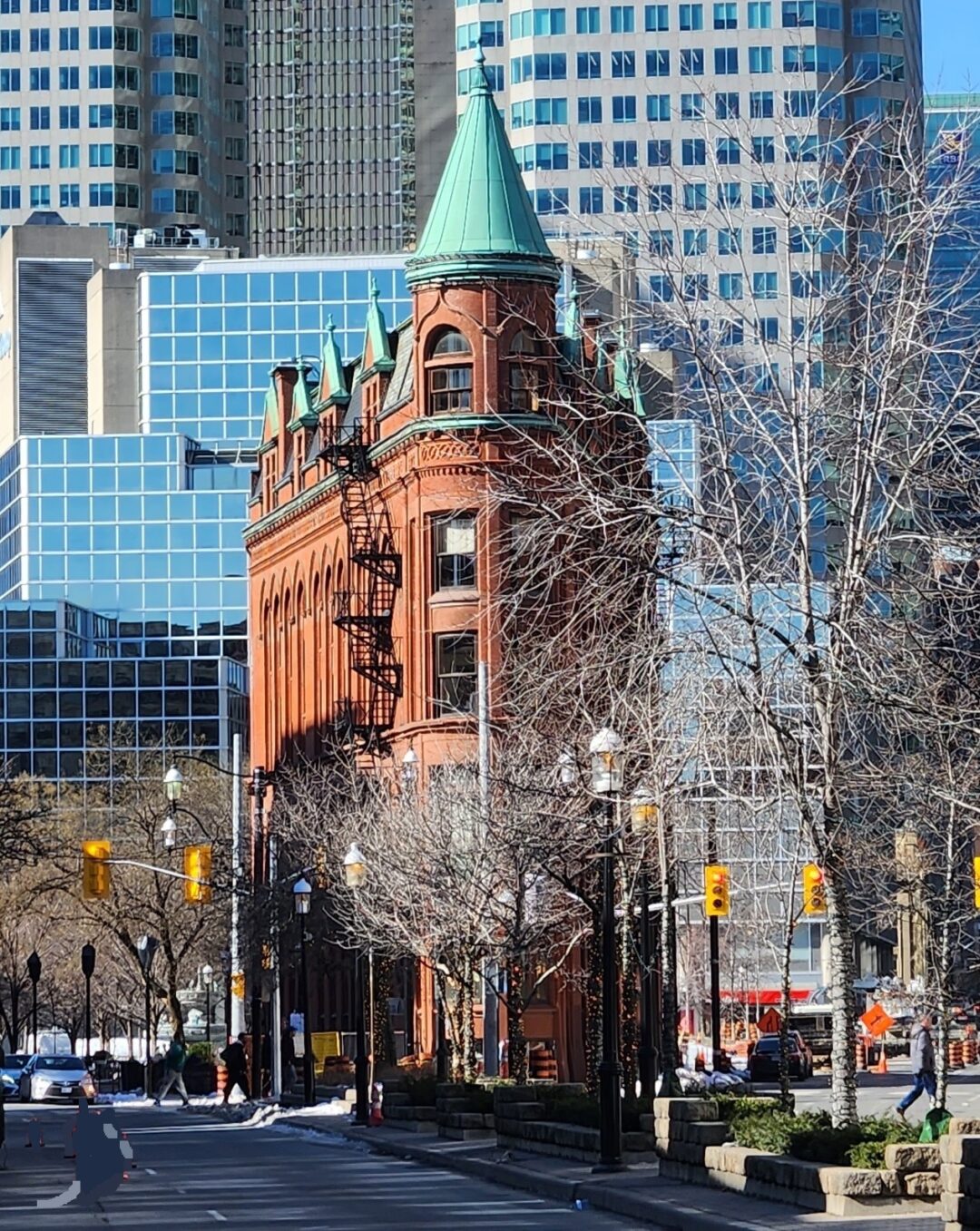By Mick Brighton, Op-ed –
Creating new green spaces and maintaining existing parks downtown is vital given the development intensification in our wards (10 and 13).
Parks’ operating budgets are mainly funded by internal City of Toronto resources. No funding is provided federally or provincially, as no legislative requirements or standards cover park locations and density. (One-time money may come from partnerships or “found” money, such as capital funding for the Toronto Island’s Franklin Children’s Garden came from TD Bank and the Westin family.) That makes them vulnerable to budget cuts.
Larger parkland initiatives and the downtown public realm master plan are managed via the city’s 10-year capital plan, which identifies specific projects for funding. 2022’s capital budget, posted at www.toronto.ca, was frozen at 2021’s level.
New growth tools and bylaws implemented last August, such as the alternative park dedication rate, cash for parkland and increases to development charges could result in more green space close to new developments. But typically, no additional maintenance budget is allocated to modernize and maintain parks. The problem is compounded by the Parks Department deferring vacant staff positions.
Parks need continuous investment: in the downtown master plan, building quality spaces and updating existing parks. An enhanced parks strategy and incremental increases to operating budgets are needed – especially given projected increases in residents, tourists and waterfront attractions. Poorly maintained parks simply need more resources and attention. The mayor recently endorsed expanding green spaces and monitoring progress on three priority parks, a hopeful sign.
Why are green spaces necessary?
Abundant data from London’s infamous 1952 smog shows that breathing high concentrations of air pollutants harms health. A new study of air pollution data and census records for more than seven million Canadians between 1981 and 2016 revealed that small amounts of particle pollution were also harmful. Despite Canada’s relatively clean air, the study found that nearly 8,000 Canadians were dying early each year from outdoor air pollution, even in the cleanest areas. Air pollution harm was seen at concentrations about half of the latest World Health Organization guideline and just a quarter of the 2040 target proposed for England.
The Canadian study was one of three funded by the U.S. Health Effects Institute. The other two, covering more than 60 million people in the United States and 27 million Europeans, reached similar conclusions: there is no lower pollutant limit to define safe air.
University of British Columbia Professor Michael Brauer, who led the Canadian study, said, “Considering that we don’t identify a ‘safe’ level of air pollution, we should rethink our approach and focus on continued reductions year by year, rather than just setting fixed concentration standards that are only reviewed every five to 10 years. The health impacts are far too large.”
In 2022, a British review warned that air pollution contributes to dementia and a U.S. review concluded air pollution from traffic can lead to asthma. Although Britain and European countries are each committed to reducing average particle pollution and total pollution, growing evidence underlines the need to improve air quality everywhere, especially for young and vulnerable people. Increasing green space in cities is one step to help.




